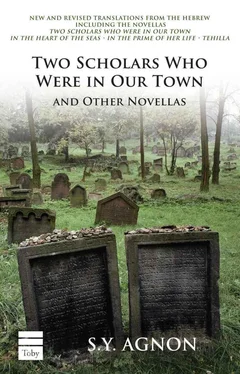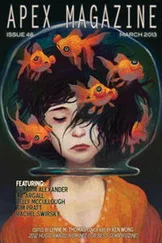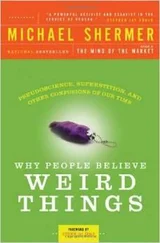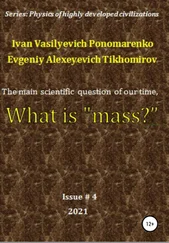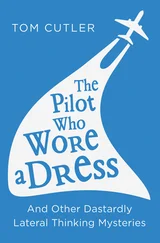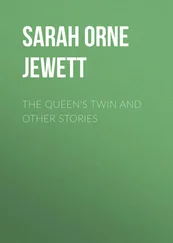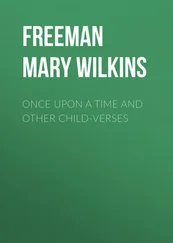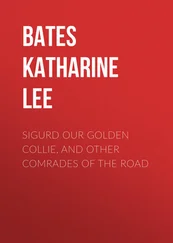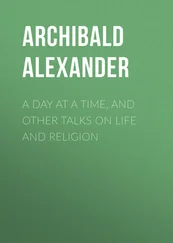Strypa / A left tributary of the Dniester River, runs through Buczacz.
Rabbi Meir the Miracle Worker / A charity fund to support residents of the Holy land, named for the 2nd century C.E. rabbi of the Mishnah.
All the rivers… / Ecclesiastes 1:7.
Rabbi in Yaslovitz / Da’at Kedoshim — Based on actual case of R. Avraham David Wahrman (1770–1840), who left the Yaslovitz rabbinate to take up a position in Bucazacz in 1813. The tale is related in Agnon’s story “ Da’at Kedoshim” in his volume Ir uMelo’ah .
Sambation / According to ancient Jewish legend the Sambation River marked the place beyond which the Ten Lost Tribes were exiled.
Baal Shem Tov / R. Yisral ben Eliezer (d. 1760), called the “Master of the Good Name”, mystic and founder of Hassidut.
Buried in earth outside the Land / cf. Shabbat 153a.
Zaddik / Lit. “righteous one”, title used to designate a Hassidic Rabbi.
Heman and Asaph and Jeduthun / I Chron 25:1; Bava Batra 14b names them as among the authors of Psalms.
Head of Esau / Esua was the brother of the biblical Jacob. According to legend (Targum Yonatan to Gen. 50:13) his decapitated head was buried in the Cave of Machpelah, i.e., the Tomb of the Patriarchs in Hebron.
Iyar / Hebrew month corresponding to April-May.
Chained / An agunah is a woman unable to obtain a halakhic divorce, in this case as her husband has gone missing with no evidence of his death or whereabouts, leaving her “chained” to him and unable to remarry.
Rabbi Meir of Primishlan / Hassidic rabbi (1783–1850).
What is thy name? / Gen. 32:28.
But once the wine went in / Sanhedrin 38a.
Stambul / i.e., Istanbul.
Mămăligă / A porridge made out of yellow maize flour, traditional in Romania and Moldova. It is similar to the Italian polenta .
Shulhan Arukh / 16th century Code of Jewish law by R. Yosef Karo.
Hear O Israel / Shema Yisrael (Deut. 6:4), central declaration of faith and a twice-daily Jewish prayer.
For with thee… / Psalm 130:4.
Hakham / Sage; title amongst Sephardic Jews for a scholar or rabbi.
Eight verses / Jonah 2:3-10.
The Land must be exceedingly good / Numbers 14:7–8.
I have forsaken my house / Jeremiah 12:7.
Afterwards the Children of Israel / Hosea 3:5.
Oh that the salvation / Psalm 53.
Evil husks / Kabbalistic idea of the kellipot (shells or husks) represent evil and impure forces within our non-redeemed world.
Minyan / Prayer quorum of 10. Careful readers will note that even without Hananiah they were ten men, a mystery planted by Agnon into the story.
Boys and girls who flung themselves into the sea / Gittin 57b.
Jonathan ben Uziel / Mishnaic rabbi and author of translation of the Prophets into Aramaic.
This is the people… / Isaiah 43:21.
I will bring them back… / Psalms 38:23.
The counsel of the Lord… / Psalms 25:14.
Sennacherib and Nebuchadnezzar and the wicked Titus / Non-Jewish rulers responsible for the destructions of the First and Second temple in Jerusalem, and exiles of the Jewish people.
Section of Song / Perek Shira is a poem-like collection of Biblical and Talmudic verses of praise to God placed in the figurative mouths of the heavenly bodies, the elements of the natural world, the various members of the vegetable, animal, bird, marine and insect kingdoms. The text appears in authoritative editions of the prayerbook, but is not part of the liturgy. Author and date are unknown but the work may go back to Talmudic times.
The voice of the Lord… / Psalms 29:3.
My help cometh… / Psalms 212:2.
For a small moment… / Isaiah 54:7.
And the ransomed… / Isaiah 35:10.
Burnt a garment and covered the blood / The blood of a slaughtered animal or fowl must be covered over with earth or ash, cf. Lev 17:13.
Setting aside part of the Sabbath loaf / Numbers 15:20.
Come Ye Forth and See / Tze’nah u-Re’nah , late 16th century Yiddish anthology of Jewish writings organized around the weekly Torah portion. Written for women, the work was immensely popular and widely distributed.
Song for the Sabbath Day / Psalm 92; central passage in the prayers for welcoming the Sabbath.
And his Land doth make… / Deut. 33:42.
Go to the ant… / Prov. 6:6.
Hosannah willows / Willow branches used as part of the rituals of the concluding day of the Sukkot festival; the meaning here is — in the Land of Israel they, too, have actual this-worldly food to eat.
Students’ riot / Schiller gileif , anti-Semitic riot led by Jesuit seminary students.
Godfather / Sandek ; the one who holds the baby on his lap during the circumcision.
Who has hallowed… / Blessing recited at circumcision.
Rolled the light away… / From the evening prayer.
Stambul / Istanbul, then the capital of the the Ottoman Empire.
Desire of the Days / Hemdat Yamim , kabbalistic work detailing various customs and laws of the holidays.
Holy Tongue / Hebrew.
Rabbi Joseph Karo / Renowned halakhist and mystic (1488–1575), author of the Shulhan Arukh .
Rabbi Simeon bar Yohai / 1st century mishnaic rabbi and mystic, purported author of the Zohar. The 33rd day of the Omer (Lag BaOmer), the anniversary of his death, is marked by pilgrimages to his grave in the Galilee region of northern Israel.
Karaites / Sectarian movement which broke from Rabbinic Judaism, rejecting the Oral interpretation of the Torah.
Moses ben Maimon / Maimonides (1135–1205), gretaets medieval rabbinic figure, author of the encyclopedic Mishenh Torah, also known as the Yad HaHazakah (‘The Mighty Hand’).
Rabbi Hayyim ben Attar / Talmudist, kabbalist and author of the popular Torah commentary Or HaHayyim (‘Light of Life’) (1696, Morocco — 1742, Jerusalem).
Grave of Job / The Eyüp Sultan Mosque in Istanbul, holds the tomb of Abu Ayyub al-Ansari, not the Biblical Job, a 7th century figure whose tomb was mistakenly conflated with that of the Biblical Job.
Ordination of the Sages / R Naftali ben Yitzhak HaKohen Katz of Ostrowo, Ukraine (1660–1719), rabbi and kabbalist, died in Istanbul en route to the Land of Israel.
The Additions to the Zohar / Tikkunei Zohar, a collection of mystical hymns, part of the collection of early kabbalistic literature.
Woman who is waiting for him to marry… / Cf. Deut. 25:9.
Isaac Luria / Known by the acronym Arizal (1534–1572), preeminent medieval kabbalist.
Moshe ben Nahman / Nahmanides or Ramban (1194–1270), leading Spanish rabbi, philosopher, halakhist and exegete. Arrrived in the Holy Land in 1267.
Rakkath / Cf. Josh. 19:35.
May it be my lot… / Shabbat 118b.
Sea of Kinnereth / Sea of Galilee.
Revival of the dead will commence at Tiberias / Rosh HaShanah 31b.
Midnight Mourning / Tikkun Hatzot . Elegies of kabbalistic orientation recited at midnight in mourning for the destroyed Temple and in hopes of Redemption from exile.
Cast away their sins / The Tashlich ritual prayer recited on the first day of Rosh HaShanah near a body of water, symbolizing the casting away of sins.
Rabbi Nahman of Horodanki / Disciple of the Baal Shem Tov and grandfather of Rabbi Nahman of Breslov; arrived in the land of Israel in 1764.
Who shall ascend… / Psalms 24:3.
Rabbi Shmelke / Shmuel Horowitz (d. 1778), rabbi in Nickolsburg.
Song of the Red Sea / Exodus 15.
Leviathan / According to rabbinic legend this will be the meal served to the righteous at the feast of the End of Days.
We shall go up at once! / cf. Numbers 13:30.
River of Fire / Rabbinic metaphor for the Milky Way, cf. Hagigah 14a.
Читать дальше
